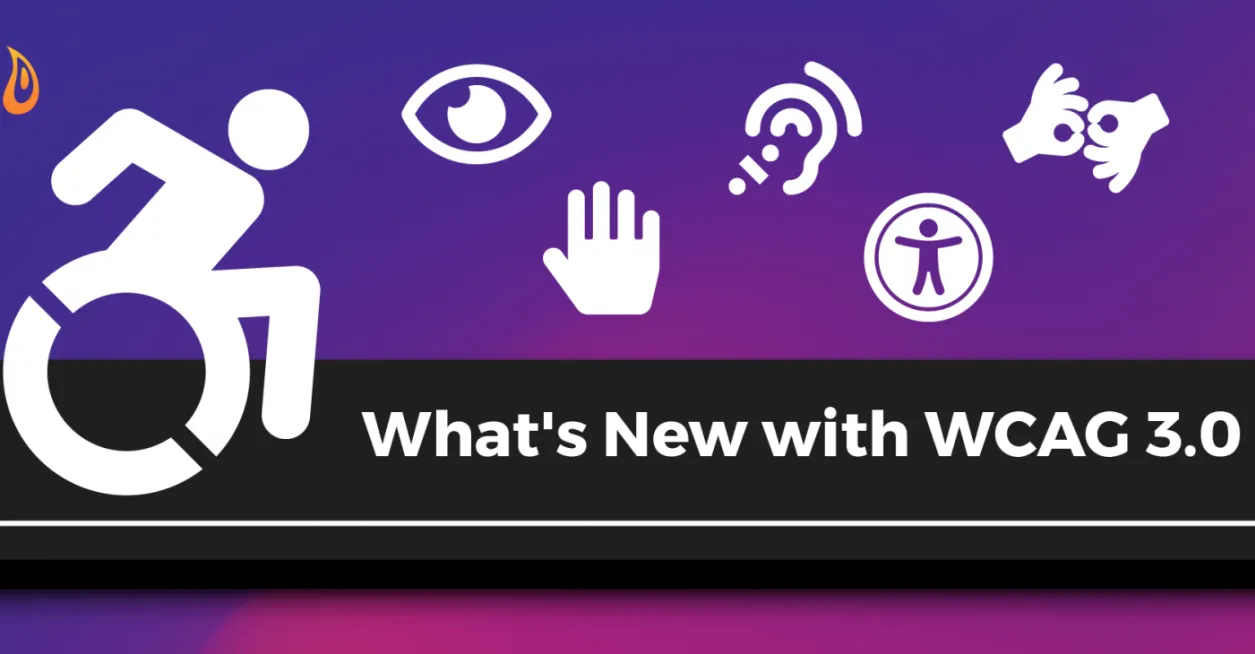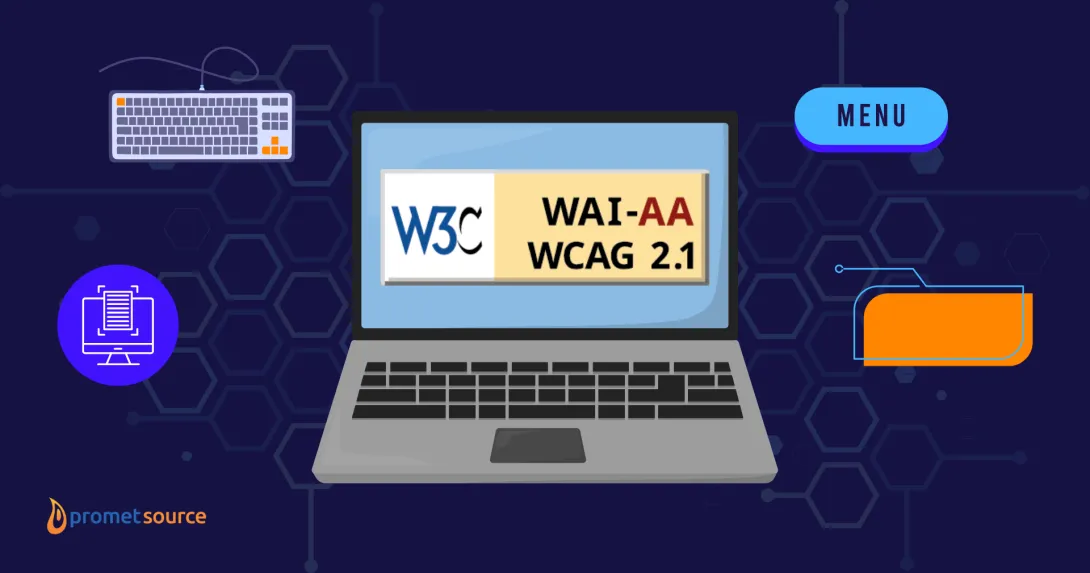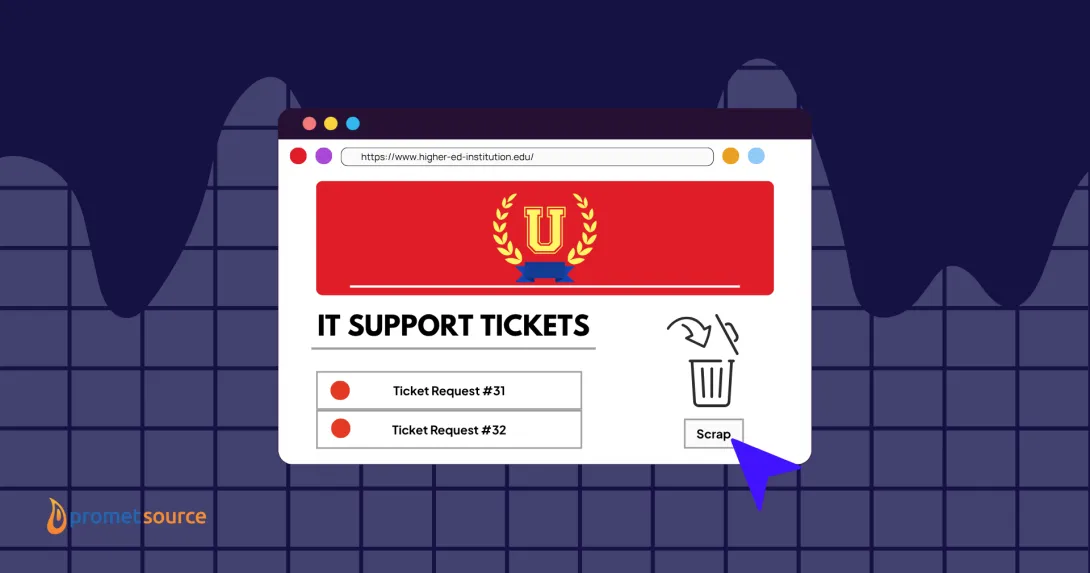WCAG 3.0: What’s New and What’s Next?

The Web Content Accessibility Guidelines (WCAG) are a series of specifications developed and maintained by the World Wide Web Consortium (W3C) for the purpose of ensuring that websites are accessible for people who have disabilities.
Due to technological advances and evolving perspectives on web accessibility challenges that individuals disabilities face, the WCAG is regularly being updated and revised. The current version of WCAG 2.2 was issued on Nov. 30, 2020, and the WCAG 2 Series is coming to an end with a new WCAG 3.0 under development.
WCAG 3.0 will not undo the previous versions, but will extend and provide greater clarity concerning current guidelines.
The following are some of the questions that I get asked most frequently concerning the upcoming shift to WCAG 3.0.
What’s the current status of WCAG 3.0?
On January 21, 2021 the W3C published the first working draft of what will become WCAG 3.0. This is just a draft and there is the opportunity now to suggest revisions as the W3C works toward a final version. At this point, there is no set date for the publication of the final draft.
Why are ongoing revisions to WCAG standards considered necessary?
The W3C changes the Web Content Accessibility Guidelines (WCAG) for a few reasons. One is to apply the guidelines to new technologies. Technology changes over time so the WCAG needs to change with it.
Another is to move toward guidelines that are easier to understand and allow for greater flexibility. Finally, the W3C is committed to broadening the scope of the guidelines to expand web accessibility by covering a greater depth and breadth of disabilities.
Are there features of WCAG 3.0 that could potentially simplify compliance?
One of the goals of the WCAG 3.0 is to increase understanding of the guidelines. This is accomplished by replacing success criteria with outcomes, techniques with methods and understanding documents with how-to's.
While I would argue this is not really a simplification of the WCAG, I do believe by replacing the “grey areas” of WCAG 2.2 with expected outcomes, methods and how-tos the overall feel and functionality of WCAG 3.0 will lead to guidelines that are easier to understand and apply.
What is Promet’s position on the direction the revised standards appear to be moving in?
The revised standards appear to be trying to place less importance on any one rule, while at the same time attempting to create a more balanced picture of any website in comparison to all of the standards. Rather than the current pass/fail system, WCAG is moving toward a score-based system.
Here at Promet, we see this as an important step toward increasing accessibility for all by allowing for a better picture of the true accessibility of a site and drawing attention to any aspects of the site that would make the site completely inaccessible to certain segments of the population.
If we've achieved Level AA WCAG compliance, will we need to have another accessibility audit?
It is always recommended that audits be conducted on an annual basis. Websites are rarely static entities, and if content is being added to a site or changes are being made, then an audit for accessibility is advisable -- regardless of the status of WCAG or whether a revised version is being issued. It is important to point out, however, that any content that conforms to the current version of WCAG will continue to conform to the new standards under WCAG 3.0.
At this point, should we just just wait until we see what’s in WCAG 3.0 before testing or remediating our site for accessibility?
While the standards are changing it is always best to do as much as possible now to ensure accessibility. The foundational WCAG concepts (Perceivable, Operable, Understandable, and Robust) are not changing, and remain the basis for both WCAG 2.2 and 3.0.
Any accessibility upgrades completed today will be a step toward ensuring alignment with the new standards once they are released.
At Promet Source, we're passionate about opportunities to make web experiences engaging and inclusive for all. Let us know what we can do for you!
Get our newsletter
Get weekly Drupal and AI technology advancement news, pro tips, ideas, insights, and more.






